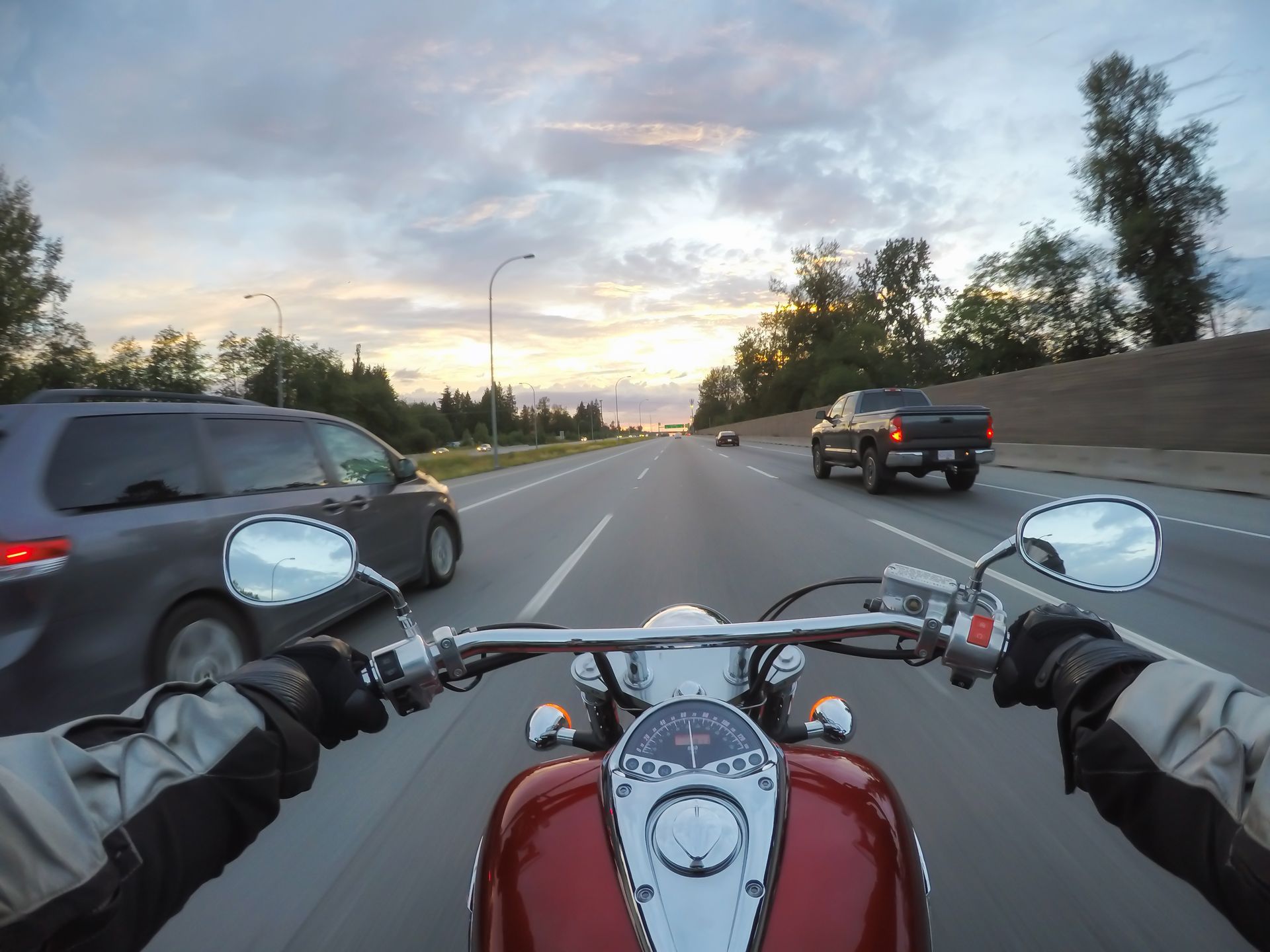Mastering Motorcycle Hand Signals: A Guide to Safe Riding
Essential Hand Signals Every Rider Should Know for Safe and Effective Communication on the Road
Motorcycling is an exhilarating experience, but it requires concentration, skill, and communication with other road users. One of the most important ways to communicate while riding is through motorcycle hand signals. These signals help keep riders safe, allowing them to inform others about their movements, intentions, and warnings on the road. In this blog, we'll explore why mastering motorcycle hand signals is essential for safe riding and provide you with a comprehensive guide to each signal you need to know.

Why Motorcycle Hand Signals Matter
Motorcyclists have limited options for communicating with other road users. Unlike cars, they don't have large, visible brake lights or turn signals. Hand signals serve as a simple and effective way to communicate intentions and ensure everyone is aware of each rider's actions. Not only do they prevent accidents, but they also promote better road awareness among other vehicles and pedestrians.
Common Motorcycle Hand Signals Every Rider Should Know
Left Turn Signal
Hand Position: Extend your left arm straight out to the left.
Why It's Important: This is the universal signal to indicate you are turning left. It gives other drivers the chance to anticipate your movement and allows them to adjust their position on the road accordingly.
Right Turn Signal
Hand Position: Bend your left arm upward at a 90-degree angle, with your hand pointing upward.
Why It's Important: A right turn can be a bit tricky to signal on a motorcycle, as your right arm is often positioned on the throttle. The left-arm upward signal is the standard way to communicate that you are turning right.
Hazard or Warning Signal
Hand Position: Extend your left arm straight out to the left, and then move it up and down repeatedly (like a waving motion).
Why It's Important: This signal warns other road users of a potential hazard ahead, such as debris, a pothole, or any other obstruction that could pose a danger.
Lane Change Left or Right
Left Lane Change: Extend your left arm out and point your index finger to the left.
Right Lane Change: Use your left arm and extend your arm upward at a 90-degree angle, but instead of signaling a turn, use your index finger to point to the right.
Why It’s Important: These signals help indicate that you are changing lanes, giving other drivers the chance to be aware of your intentions and avoid cutting you off.
Single-Hand Signal
Hand Position: Use a single hand, either your left or right, in all of the signals above, depending on the situation.
Why It's Important: Although two hands on the handlebars is the ideal riding position, there are times when you must signal with one hand. Practicing single-handed signaling while maintaining control of your bike is key to being able to communicate safely on the road.
Hand Position for Cop Signal Ahead
Arm Position: Extend your left arm out horizontally to the side of your motorcycle.
Hand Gesture: Keep your hand open, palm facing down, and then move your hand in an up-and-down motion (similar to a wave).
Timing: This signal is usually given when a rider spots a cop up ahead and wants to warn others in their group or nearby.
Nature's Symphony
Keep Safe and Be Seen
Mastering motorcycle hand signals is a crucial skill for every rider. It allows for safe and effective communication on the road, ensuring that both the rider and other drivers know what to expect. By practicing these hand signals, you not only make your intentions clear, but you also enhance your safety and the safety of others.
Remember to always use hand signals early, be consistent, and keep them visible. If you're new to riding or have been on the road for years, improving your communication skills can go a long way in reducing the risk of accidents.


